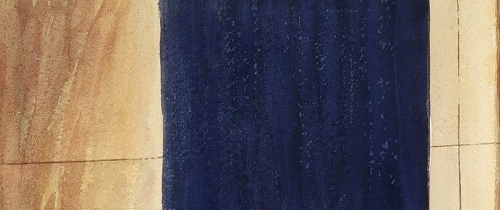
Carlos Andreson
Carlos Andreson was born in 1905 in Salt Lake City, Utah. He first studied art at the University of Utah, continuing his education in Los Angeles, New York, Paris, and Berlin. While in Europe he exhibited in Stockholm, Nice, and Paris. Returning to the United States in 1933, he participated in the Works Progress Administration (WPA) Art Program, creating paintings and drawings of early pioneer life. Some of these were used to illustrate programs for the Utah Symphony and are currently held by the Utah State Fine Arts Collection. As part of his WPA work, Andreson taught art at the Utah Arts Center.
During the late 1930’s and early 1940’s, Andreson continued to work as an artist in New York. Soon after the start of World War II, Abbott Laboratories commissioned him to depict medical subjects at the stateside Naval hospitals. After the war he moved to San Francisco where he became associated with the San Francisco Civic League. In his later years he produced artwork for the Oakland Army Base.


